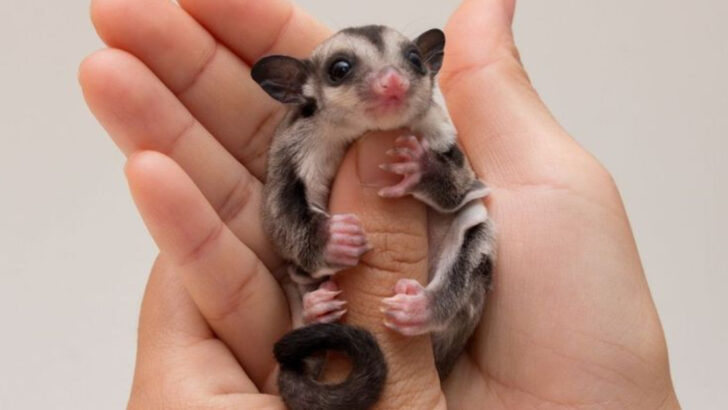Sugar gliders are more than just adorable; they’re pure magic in tiny, furry packages. With their big eyes, playful antics, and ability to glide through the air, it’s no wonder these little marsupials have stolen the hearts of pet lovers worldwide.
But before you rush to make one your new best friend, there’s a lot more to these creatures than meets the eye. Sugar gliders aren’t your average pet—they require special care, attention, and the right environment to thrive.
This guide will give you the lowdown on everything you need to know about caring for a sugar glider, from their diet to their social needs. Whether you’re a seasoned pet owner or a first-timer, we’ll help you create the perfect home for your new flying companion. Ready to learn the secrets of keeping these fascinating creatures happy and healthy?
Sugar Glider Anatomy

Sugar gliders are fascinating marsupials with a body designed for gliding. Their large eyes are adapted for night vision, allowing them to see in low-light conditions.
A unique feature is their patagium, a skin membrane that stretches from their forelimbs to hindlimbs, enabling them to glide through the air. Their tail serves as a rudder, providing balance and direction during flight.
These physical adaptations make them agile and adventurous creatures. Understanding this anatomy helps you appreciate their behavior and ensure they have a safe environment to explore.
Dietary Needs
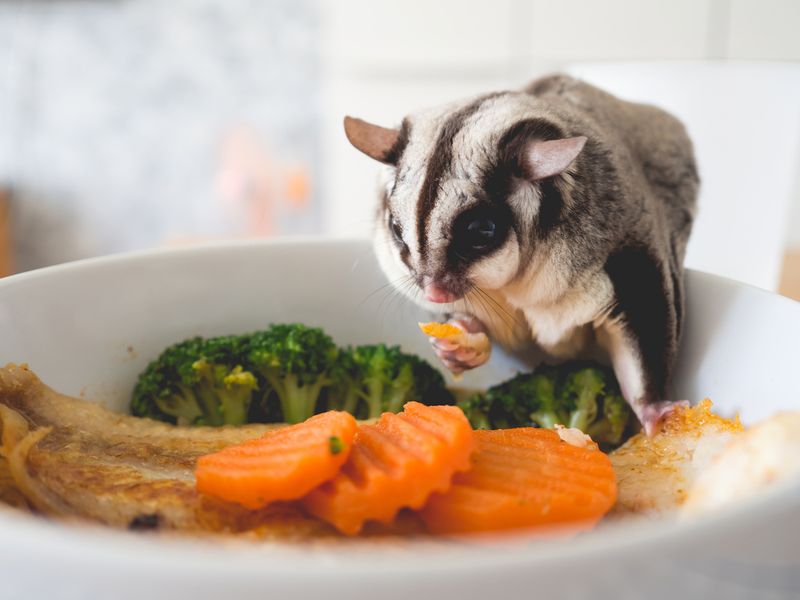
The diet of a sugar glider is as varied as it is crucial for their health. These omnivores thrive on a balanced diet of fruits, vegetables, insects, and specially formulated pellets. Fresh water should always be available to them.
Providing a variety of foods mimics their natural foraging behavior, ensuring they receive essential nutrients. It’s important to avoid foods high in sugar and fat, as these can lead to health issues.
A well-rounded diet not only supports their physical health but also keeps them mentally stimulated and satisfied.
Habitat Setup
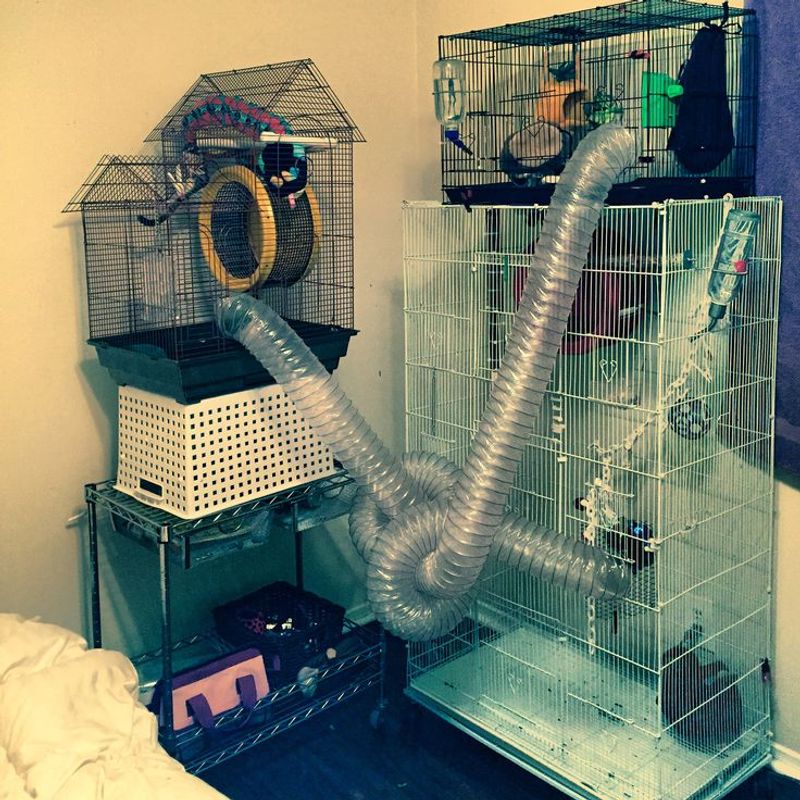
Creating a suitable habitat for a sugar glider involves more than just a cage. These active creatures require space to glide and climb. A tall, spacious cage with horizontal bars is ideal, filled with branches, ropes, and toys to keep them engaged.
In their enclosure, provide a nesting pouch for sleeping, as sugar gliders love to curl up in dark, cozy spaces. Temperature control is also vital; they thrive in moderate climates.
Their environment should mimic the complexity of their natural habitat, promoting both physical and mental well-being.
Social Behavior
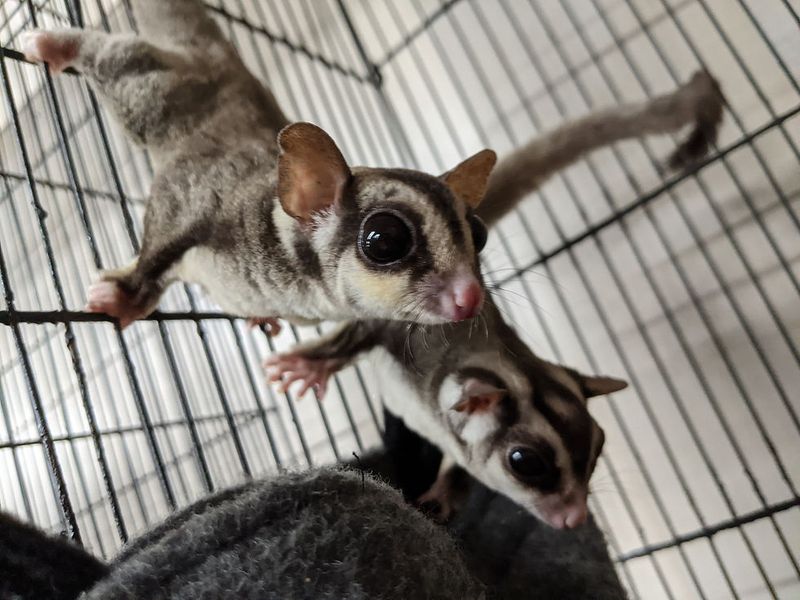
Sugar gliders are social animals, naturally living in groups in the wild. They thrive on interaction, both with their human caregivers and other gliders. Loneliness can lead to stress and health issues, so it’s best to keep them in pairs or groups.
Regular handling and playtime outside their cage help strengthen the bond between you and your glider. They communicate through various sounds, from barking to soft purring.
Understanding their social dynamics ensures a happier, healthier pet and an enriched companionship experience.
Nocturnal Lifestyle
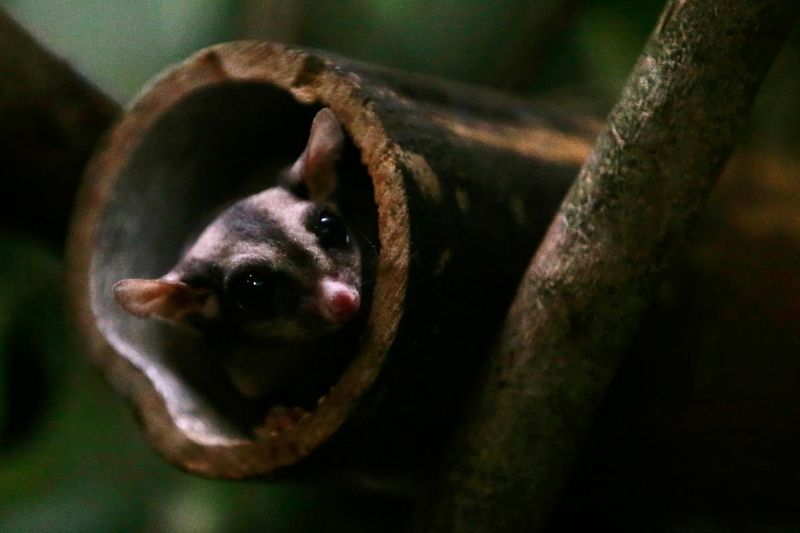
Embracing the nocturnal nature of sugar gliders is key to cohabiting peacefully. These creatures are most active during twilight and nighttime, using their acute senses to navigate in the dark.
As nocturnal animals, they require a quiet, dimly lit environment during the day to rest. Providing enrichment activities during their active hours will keep them entertained and happy.
Understanding their night-oriented lifestyle helps in scheduling feeding and interaction times, aligning with their natural rhythms and promoting a harmonious living situation.
Health and Vet Care
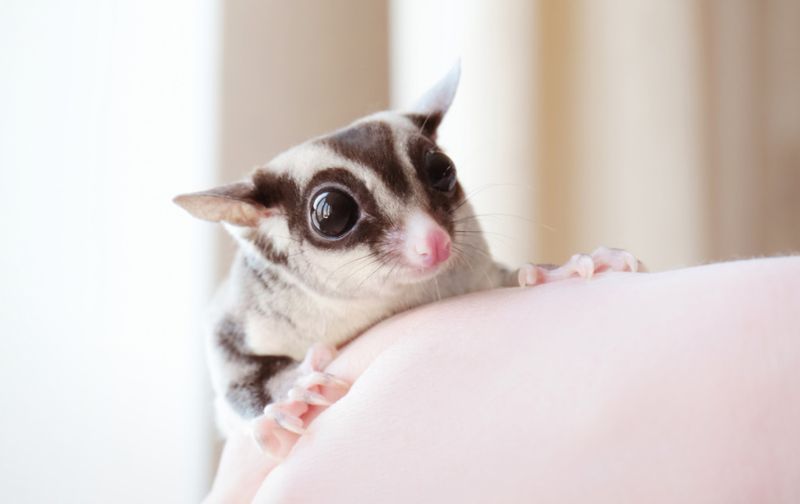
Regular veterinary care is crucial for maintaining the health of sugar gliders. These pets are prone to specific ailments, such as dental issues and nutritional deficiencies.
Choosing a vet experienced with exotic animals ensures proper diagnosis and treatment. Routine health checks, including weight monitoring and dental exams, help catch potential problems early.
Maintaining a health record and observing any changes in behavior or appetite can provide vital information to your vet, ensuring your sugar glider receives the best care possible.
Bonding Process
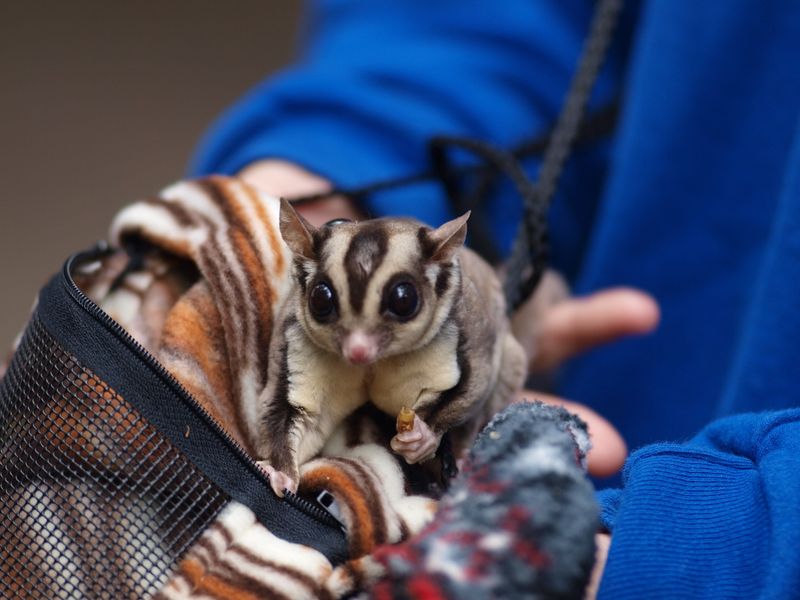
Building a bond with a sugar glider takes patience and consistency. These creatures can be wary at first, but through gentle handling and regular interaction, trust is built.
Using a bonding pouch during the day allows your glider to feel your presence and scent, fostering a connection. Offering treats during interaction times can also create positive associations.
Every glider is unique, and understanding their personality can guide you in developing a strong, lasting relationship. This bond is the cornerstone of a rewarding human-glider companionship.
Safety Concerns
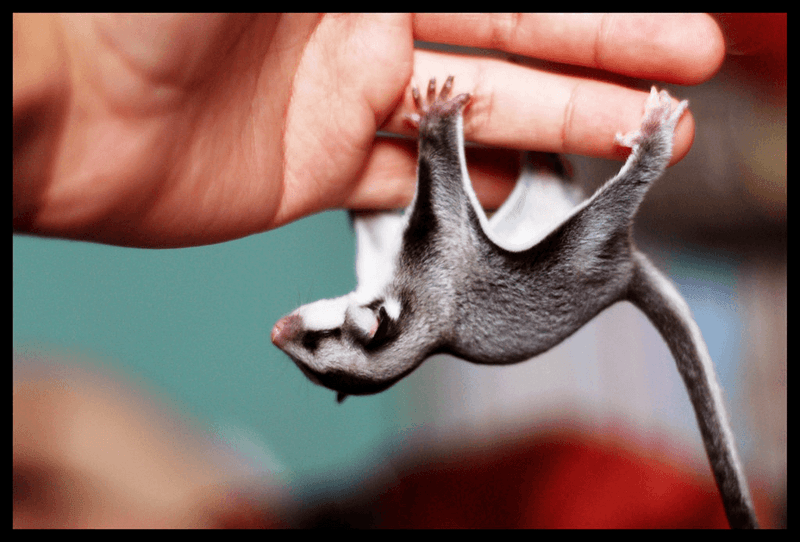
Pet-proofing your home is essential when living with a sugar glider. These curious animals are prone to getting into trouble if given the chance. Ensure electrical cords are out of reach, and windows and doors are securely closed.
Toxic plants and substances should be kept well away from their reach. Supervised playtime helps prevent accidents while allowing them to explore safely.
Creating a secure environment minimizes risks and ensures that your sugar glider can enjoy their surroundings without danger, keeping peace of mind for both you and your pet.
Legal and Ethical Considerations
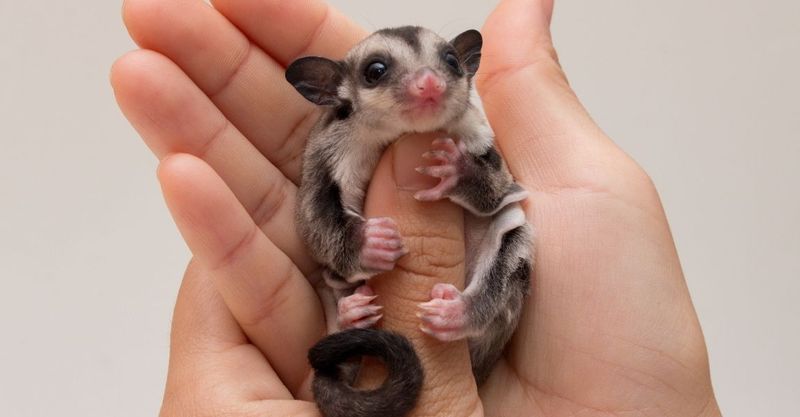
Before acquiring a sugar glider, it’s important to understand the legal and ethical considerations. Regulations regarding exotic pets vary by region, and obtaining a glider may require permits.
Ethically, consider the source of your pet. Supporting responsible breeders or rescues ensures that gliders are raised in humane conditions, promoting their well-being.
Researching these aspects not only complies with the law but also supports ethical pet ownership practices, contributing to positive welfare for these charming creatures.
Lifespan and Commitment
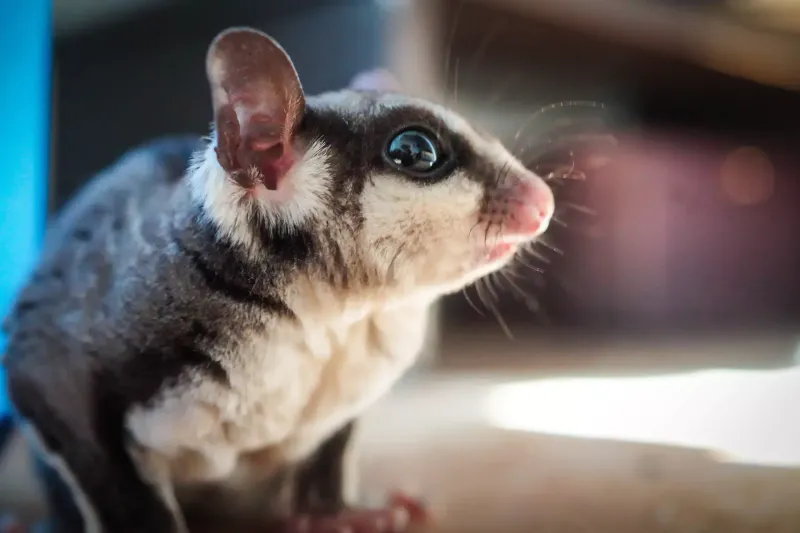
Owning a sugar glider is a long-term commitment, as they can live up to 12-15 years with proper care. Potential owners should be prepared for this commitment, considering their ability to provide consistent care over the years.
Their long lifespan requires planning for their future needs, including healthcare and companionship. It’s essential to ensure you can meet these demands throughout their life.
Understanding the commitment involved helps prospective owners make informed decisions, ensuring a fulfilling life for both the sugar glider and their human family.

